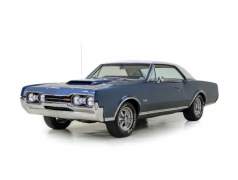
OLDSMOBILE Car Manuals PDF
Oldsmobile Wiring Diagrams


History of Oldsmobile Cars
Some OLDSMOBILE Car Manuals PDF & Electric Wiring Diagrams above the page - 88, Alero, Aurora, Bravada, Cutlass, Intrigue, Silhouette.
In the early 1960s, the Big Three from Detroit had no idea how much trouble Japanese and European compacts would cause them fifteen years later, amid the fuel crisis.
Then they had to literally reinvent the concept of the car so as not to give up a huge market niche to overseas interventionists.
However, until the United States began a full-scale invasion of Vietnam, and The Beatles were just gaining popularity, the only competition to the American giants in their homeland could be the Volkswagen Beetle (Käfer) and the Austin Mini, which was then still called the Austin Seven.
The advantages of these "babies" were appreciated by those for whom miles per gallon were more important than seconds of acceleration, and the opportunity to go on a trip with the whole family together with your mother-in-law and your beloved Labrador was not on the list of urgent needs.
In 1961, General Motors presented its vision of a compact city car, based on a new Y-body platform with a wheelbase of 2845 mm.
Given that the Mini had a similar parameter of 2036 mm, the entire range released on the new chassis did not at all resemble a classmate of the British microcar.
The Oldsmobile division in the same year presented the world with the F-85 - a 4. 8-meter car on the same platform, available in four-door sedan, four-door station wagon (in the States the trunk lid behind the fifth door is not considered) and coupe.
Under the hood was an unrivaled aluminum lower-shaft V8 with a volume of 215 cubic inches (3. 5 liters) and a capacity of 155 hp in the version with a two-chamber carburetor.
A few months later, it became possible to put 30 hp on top thanks to a four-chamber carburetor, increased compression, and a modernized exhaust system.
